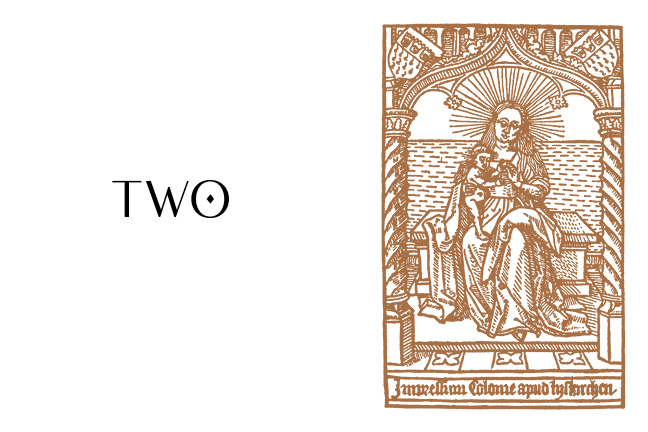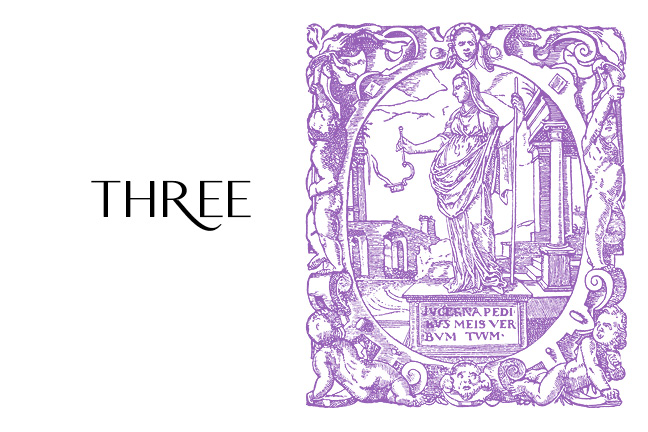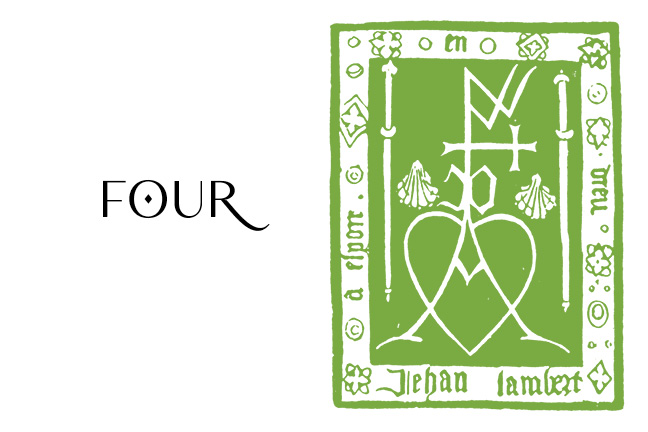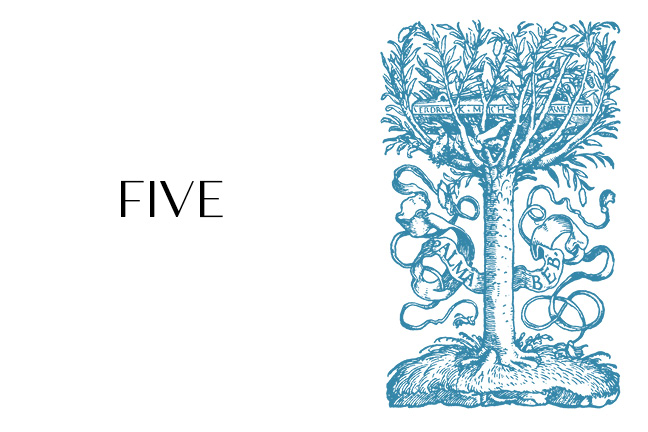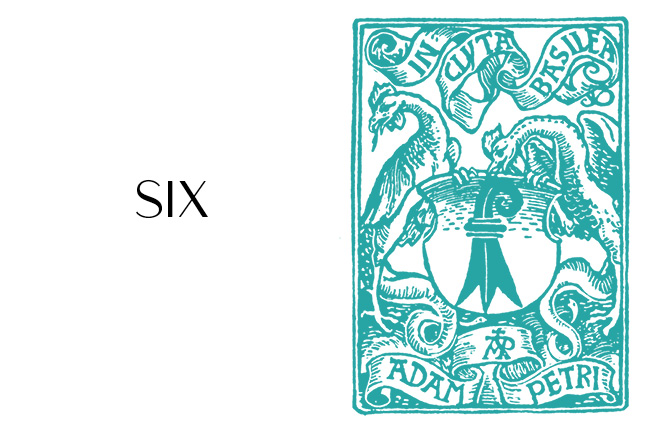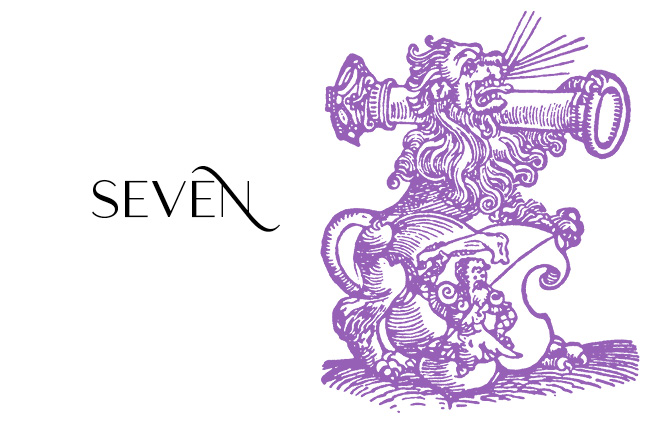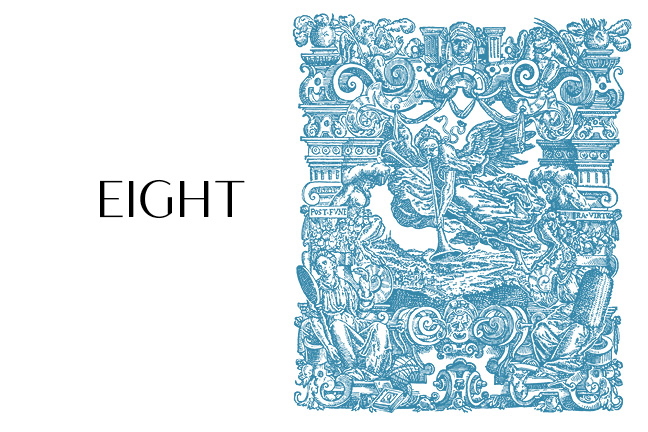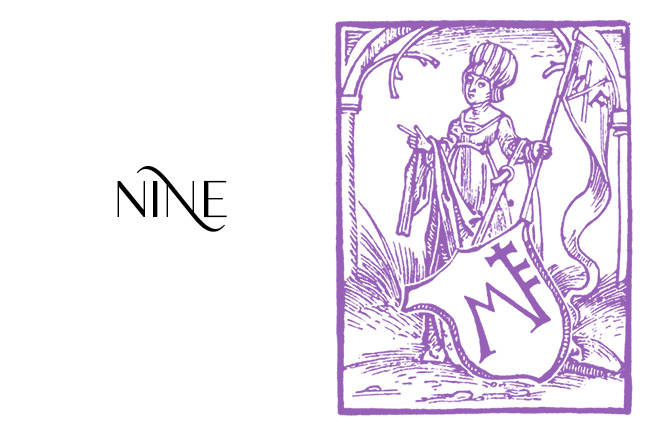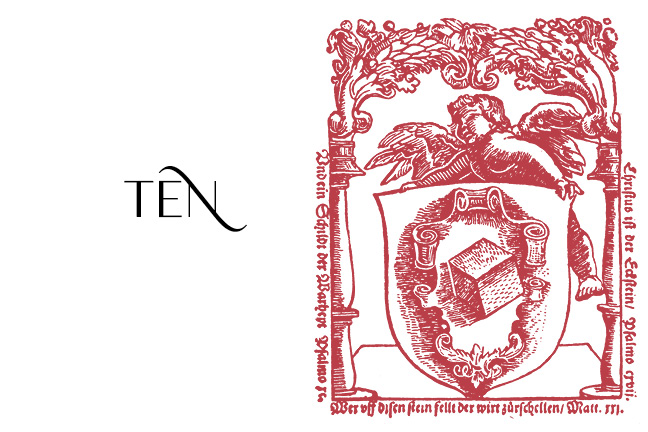Printer’s Marks Part 8
A GRANITE BAY ![]() DESIGN MICROSITE
DESIGN MICROSITE
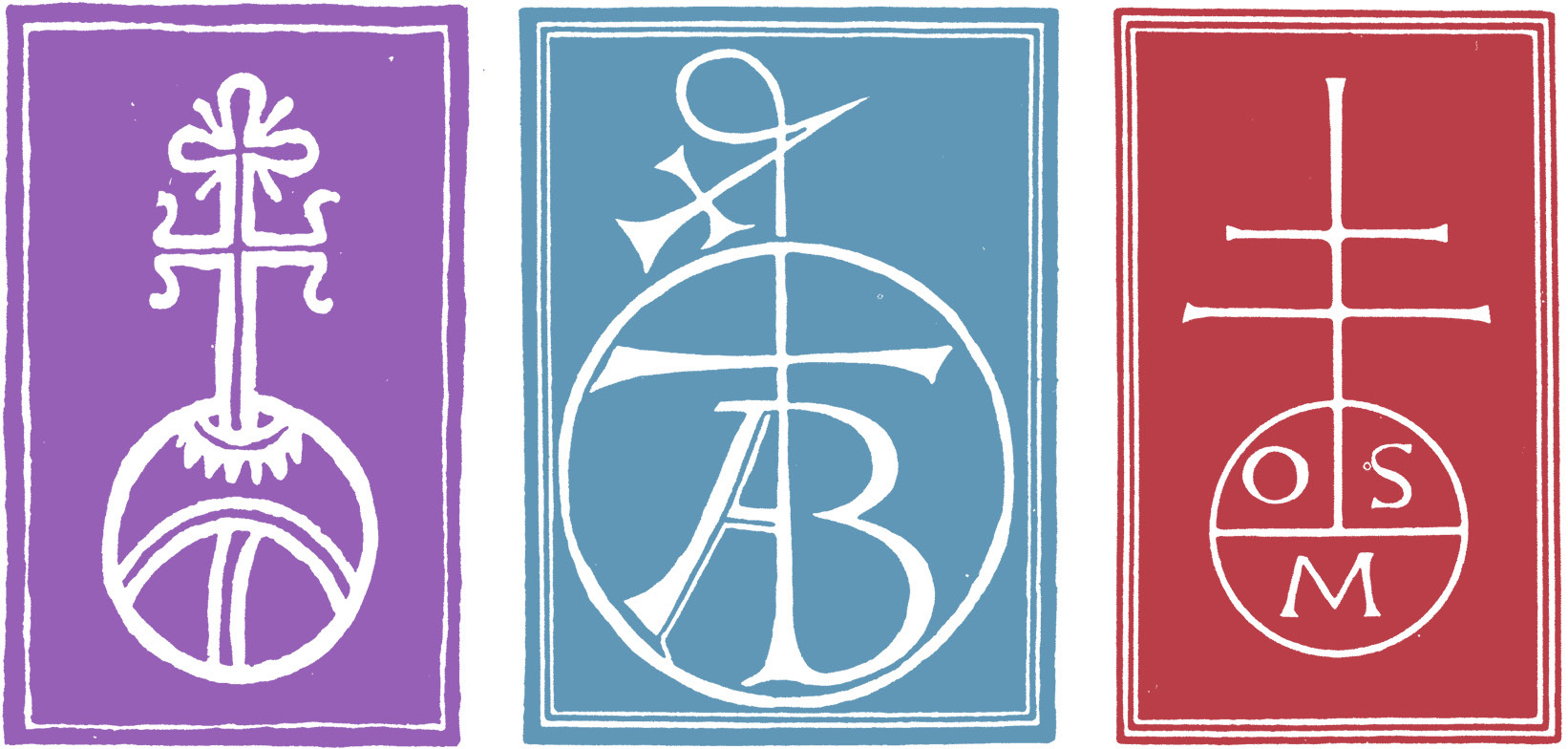
Printer’s Marks Part 8
Sigmund Feyerabend (Frankfurt 1566)

The History of Printing
“Metal movable type appeared in the late Song and Yuan dynasties. Bronze movable types were used to print banknotes and official documents by both the Song and Jin.[57] In the Jin dynasty, copper-block prints were slotted with two square holes for embedding bronze movable type characters, each selected from 1000 different characters, such that each printed paper money had a different combination of markers. A copper block printed paper banknote dated between 1215 and 1216 in the collection of Luo Zhenyu’s Pictorial Paper Money of the Four Dynasties, 1914, shows two special characters: one called Ziliao, the other called Zihao, for the purpose of preventing counterfeit. Over the Ziliao there is a small character (輶) printed with movable copper type, while over the Zihao there is an empty square hole; apparently the associated copper metal type was lost. Another sample of Song dynasty money of the same period in the collection of Shanghai Museum has two empty square holes above Ziliao as well as Zihou, due to the loss of two copper movable types. In 1234, cast metal movable type was used in Goryeo (Korea) to print the 50- volume Prescribed Texts for Rites of the Past and Present, compiled by Choe Yun-ui, but no copies survived to the present.[59] Choe Yun-ui built on an earlier Chinese method of creating movable type, he adapted a method for minting bronze coins to cast 3-dimensional characters in metal. Because of the length of the text Choe Yun-ui did not complete the project until 1250. The oldest extant book printed with movable metal type is the Jikji of 1377. This form of metal movable type was described by the French scholar Henri-Jean Martin as “extremely similar to Gutenberg’s”. Tin movable type is mentioned in Wang Zhen’s Zao Huozi Yinshufa (造活字 印書法) of 1298, but it was considered unsatisfactory due to incompatibility with the inking process. Only in the late 15th century did bronze movable type begin to be widely used in China.”
from “The History of Printing” on Wikipedia
The printer’s marks were scanned from the copyright free book “Symbols, Signs & Signets” by Ernst Lehner.


